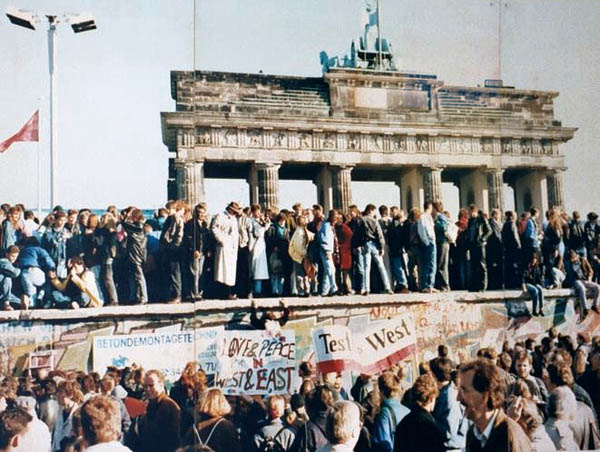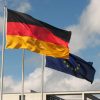
Wikimedia Commons)
To begin with, 1989 saw the creation of the CERN (European Centre for Nuclear Research), the launch not of the Internet –which had already come into being before– but of what made the Net definitively happen, the World Wide Web (but with a different name, Enquire, not becoming the www until somewhat later), that has changed so many things. It opened to the public in 1993 in a revolution that bears a certain similarity to Gutenberg’s introduction of movable type nearly six centuries ago. It has revolutionised the way we relate to the many and the few, with a multiplicity of players and a diffusion of power of which the radicals have also taken advantage. Some, like al-Qaeda, originated with it.
In 1989 the Soviets withdrew from Afghanistan, a process that soon led to the seizure of power in the country by the Taliban and those embedded by Osama Bin Laden –a monster partly brought into being by the West–, 9/11 and all that followed, including the Islamic State that is today trying to install itself between Iraq and Syria, and even closer than that. It was also the time of the emergence of the Islamic Salvation Front (FIS) in Algeria, which shortly after was prevented from coming to power by a coup. It marked the return of religious issues to the centre of world politics, certainly for the Muslims, with Sunnis confronting Shiites, who had their Islamist revolution in Iran in 1979. And 1989 was also the year of Khomeini’s fatwa against the writer Salman Rushdie for his Satanic Verses.
The new democratic wave, that was not limited to Europe, also came to South Africa shortly after the end of Apartheid. There was also repression and the massacre at Tiananmen and China’s renewed push to modernise and globalise its economy, and avoid the collapse experienced by the USSR. The term ‘globalisation’ was extended alongside the phenomenon it represented (which is also behind the collapse of the USSR). It can be said that, quoting Clyde Prestowitz, three billion new capitalists –producers and consumers– entered the global economy, posing new opportunities but also challenges to the old capitalist countries. All this within a framework in which capitalism, or the market, ceased to have competitors after 1989-91. Today there is a confrontation of capitalistic models, but the basics are unquestioned.
It was much more than market expansion. The end of the Cold War, as suggested by Saskia Sassen in her latest book Expulsions, ‘launched one of the most brutal economic phases of the modern era’. The current crisis, she says, contains features that suggest that financialised capitalism has reached the limits of its own logic for this phase. Although it remains unclear what may come next.
And if one wall fell, others were erected, separating Israel from Palestine, Ceuta and Melilla from Morocco, the US from Mexico and Greece from Turkey, plus others that might be less physical but no less real. They are walls to keep people out, or to expel them, unlike the Berlin Wall that was erected to prevent people from leaving. Some time ago I described them as the walls of globalisation.
All these factors together and interrelated imply a change of world, and this at a time when, as described by Gramsci, the new cannot get through with being born and the old cannot get through with dying. Years ago, I described this process as an interregnum, but with a prediction: the interim would last 30 years. There are five left for the process to be complete. This is perhaps too few to define a new world order, whose central feature is constant and rapid change, with a greater dose of disorder.


